
Hey AYA-jii, now that the goya and hechima curtain is gone, the balcony feels kind of empty, doesn’t it?”

AYA-jii: “That’s true. But don’t worry—there are flower curtains you can grow in fall as well. Asarina, cypress vine, and even roses like Azumino are already waiting for next spring.”

Wow! So we can keep decorating the balcony with flowers after the goya? That sounds exciting!”
――――――――――――――――――
- From Summer’s Curtain to Autumn’s Curtain
- The Charm of Asarina
- Cypress Vine: Starry Flowers for the Fence
- Preparing for Spring: The Climbing Rose “Azumino”
- Strengthening Balcony Plants with Microbes
- Easy Microbial Resources for City Balconies
- Other Great Plants for Flower Curtains
- Conclusion: A Year-Round Flower Curtain on the Balcony
From Summer’s Curtain to Autumn’s Curtain
One of the joys of balcony gardening is the “green curtain.” Goya (bitter melon) and hechima (sponge gourd) soften the intense summer sun while providing harvests. But by autumn their leaves yellow, vines dry up, and the balcony suddenly feels bare.
This spring, I experimented with two goya varieties to observe the effect of cooler Kanto temperatures: the squat Okinawan Abashi goya and Kagoshima’s slim Kakou No.5. The Kagoshima type grew vigorously, covering the fence by late May and yielding fruits by late June. The Okinawan variety lagged, only starting to spread across the fence in mid-July.
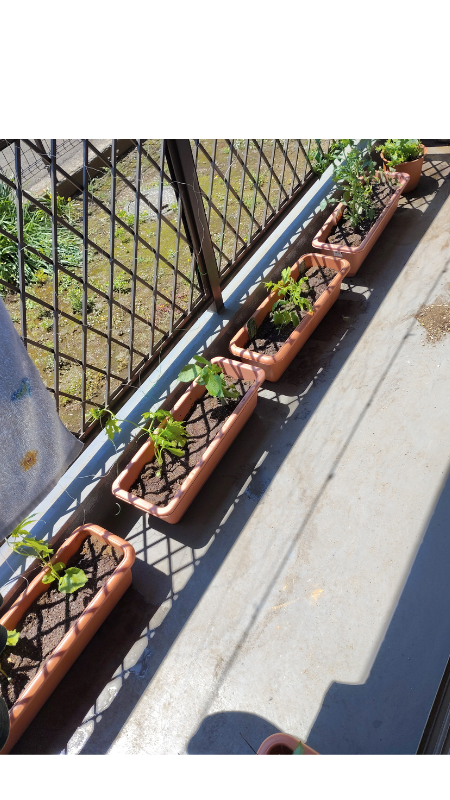
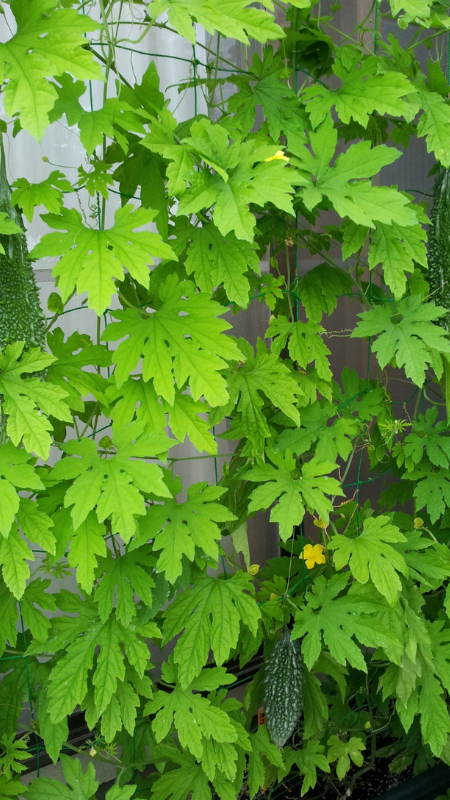
By mid-September, the green curtain was at its peak. Soon it was time to clear the plants and prepare for a new type of curtain to enjoy through fall and winter.
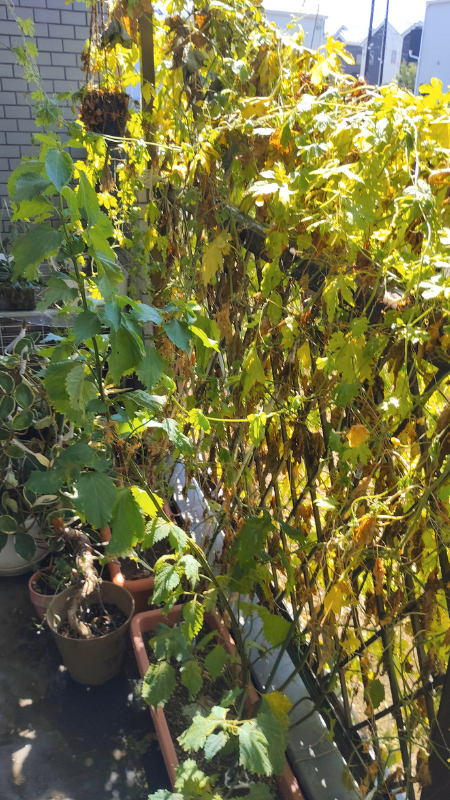
That’s where flower curtains come in—bringing not just greenery but also vibrant blossoms. On my balcony, I’ve started growing Asarina, Cypress Vine, and the climbing rose Azumino.
The Charm of Asarina
Asarina is a twining vine that produces delicate flowers in purple, pink, or white through fall. Its heart-shaped leaves and flexible stems easily climb fences and supports.
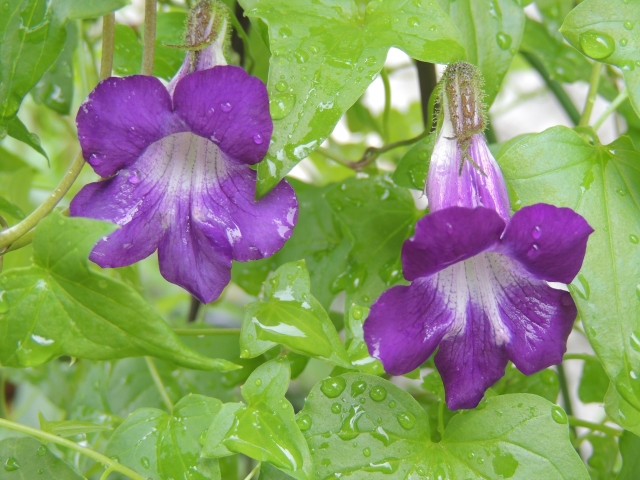
I sowed seeds in August, and the seedlings are now stretching steadily. Asarina germinates well in warm climates and is easy to grow into winter if protected from frost. To overwinter, move pots closer to the wall or cover them with nonwoven fabric.
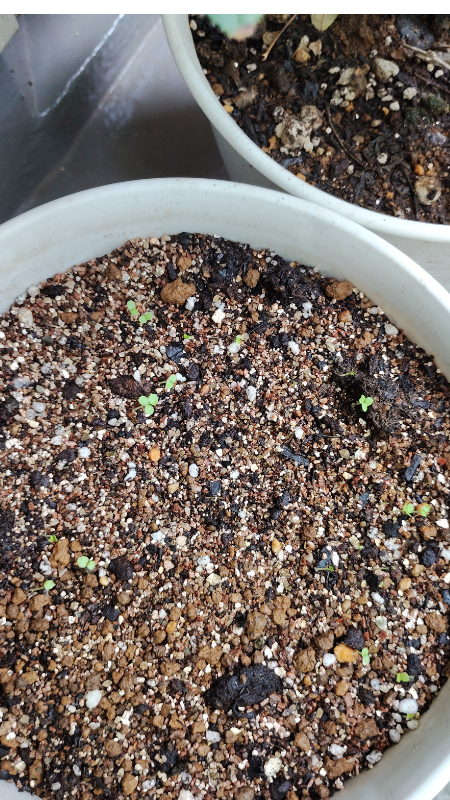
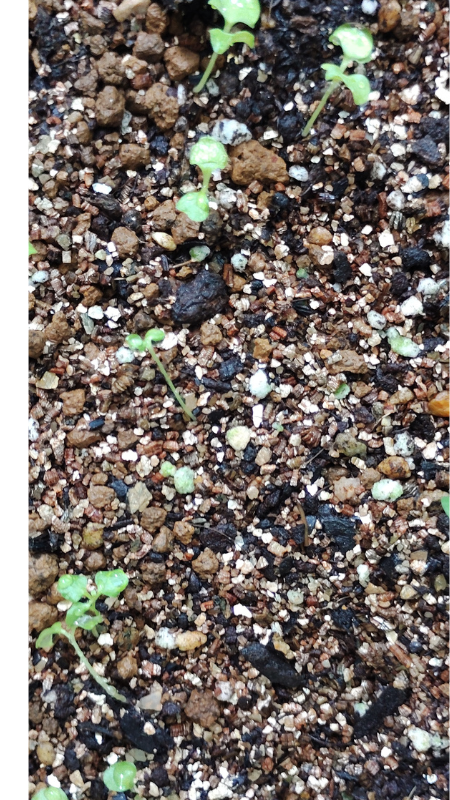
Growing tips: Give it good sunlight, avoid soggy soil, and water thoroughly only after the topsoil dries. A diluted liquid fertilizer every two weeks encourages more blooms.
Cypress Vine: Starry Flowers for the Fence
Cypress vine (Rukousou in Japanese) produces star-shaped red or pink blossoms, often called “star flowers.” Its finely cut, thread-like leaves dance in the breeze, making it perfect for balcony fences.
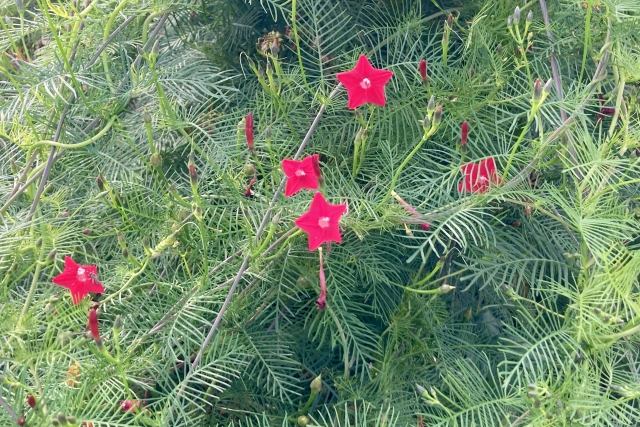
My seedlings are already twining up the netting with surprising vigor. With proper supports, you can enjoy flowers well into October in warm areas.
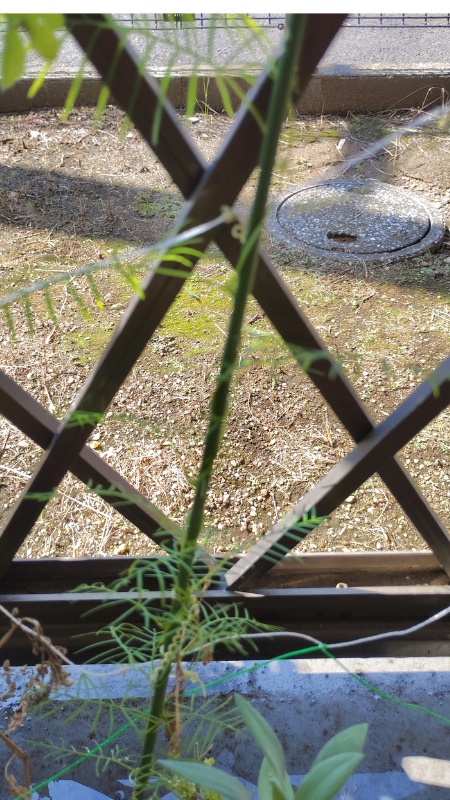
Key point: Don’t plant too densely. Space them for airflow, which reduces pests and creates a light, airy curtain. Keep watering on the dry side, and pinch off spent blooms to extend the flowering season.
Preparing for Spring: The Climbing Rose “Azumino”
Among climbing roses, “Azumino” is ideal for balcony curtains. This Japanese-bred rose bears clusters of small, pinkish-red flowers with a gentle fragrance. Since its plant patent has expired, seedlings are now widely available.
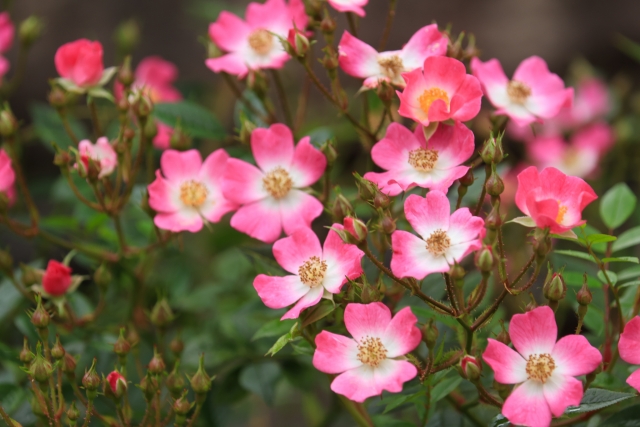
I ordered two plants and potted them in large containers on August 25.
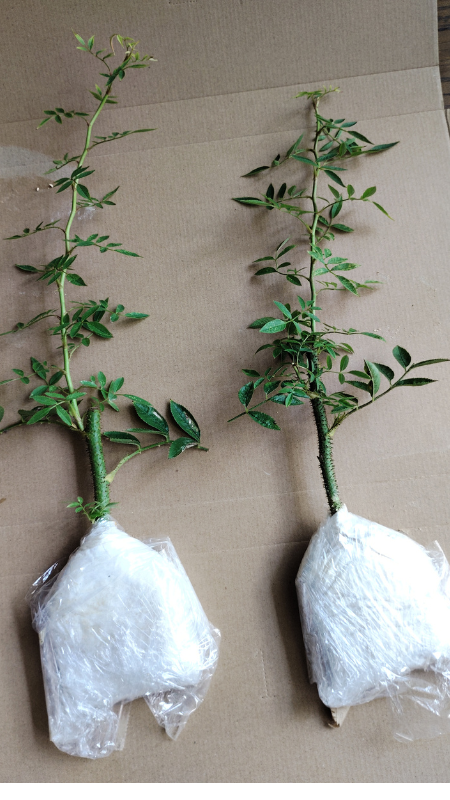
By placing them on either side of the fence, I’ll train the canes horizontally for a full floral curtain.
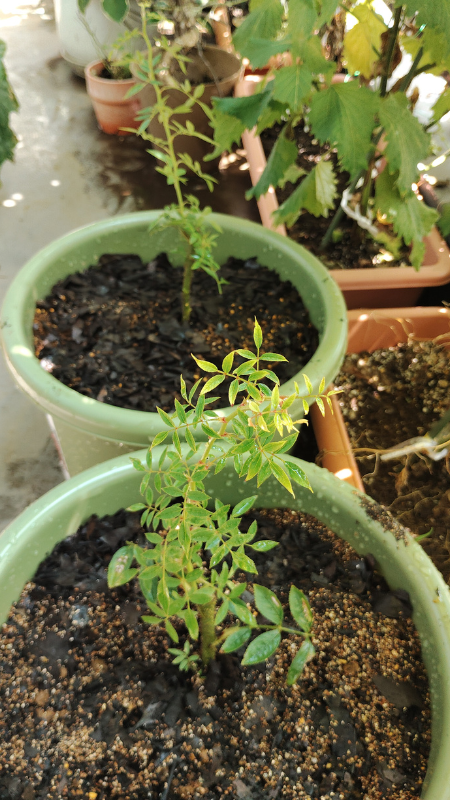
after 20days later;
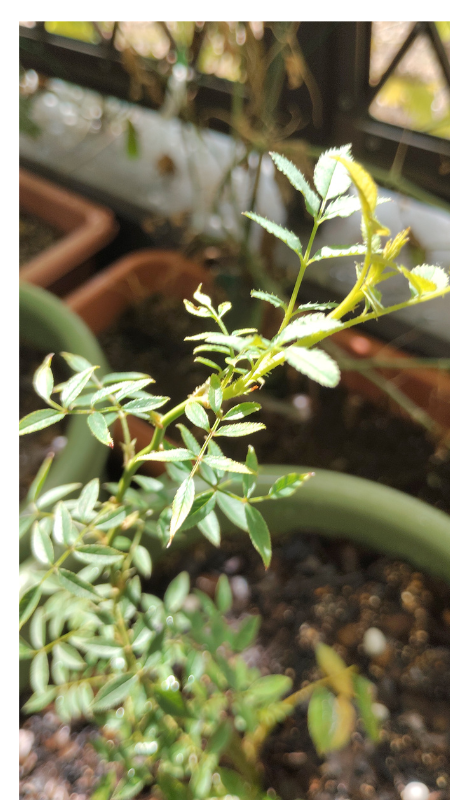
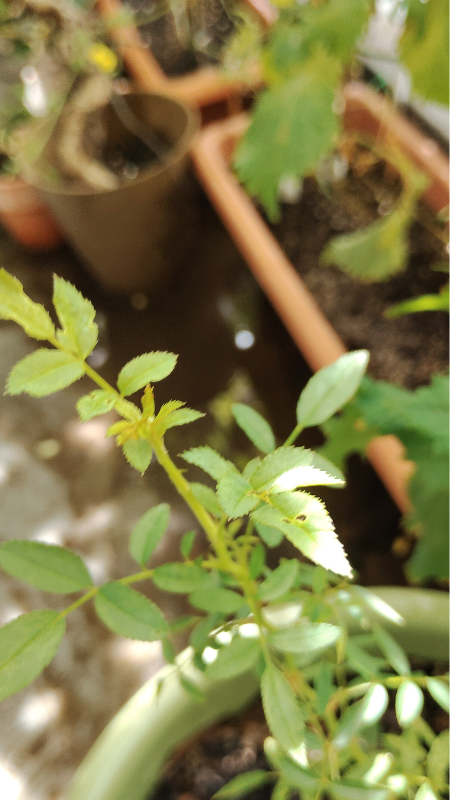
My goal is to establish strong shoots by October, so they’ll burst into growth next spring.
Care tips: Use a mix of akadama and leaf mold for soil.
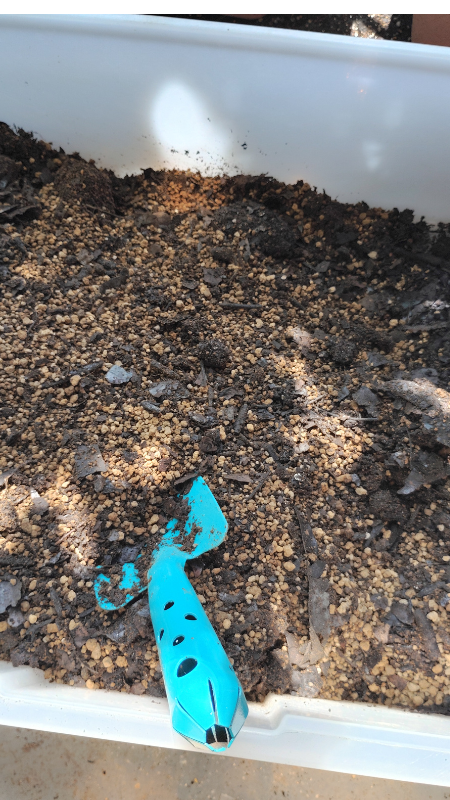
Provide gentle fertilizer in fall, reduce in winter, and protect pots from cold winds. Pruning and training (yuuin) are key to shaping a balanced curtain.
Strengthening Balcony Plants with Microbes
Balconies can be harsh for plants—limited soil volume, summer heat, winter winds. To help, I use beneficial microbes (dochakukin). In forests, microorganisms and earthworms create fluffy soil that supports healthy trees. Similarly, forest leaf mold enriches soil and makes excellent compost.
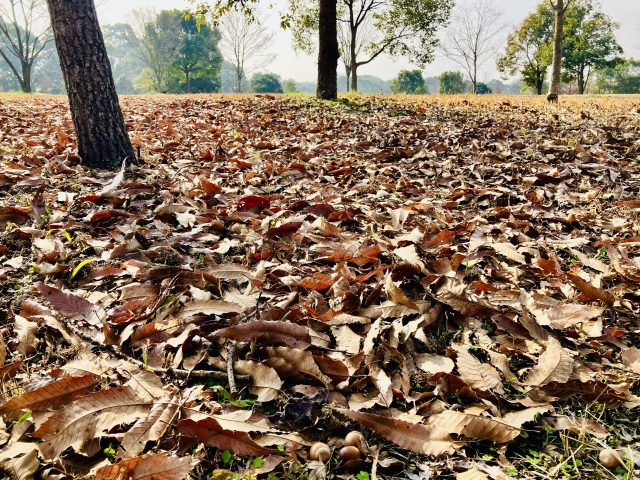
When I lived in Kyushu, I collected local white microbial “hanpen” colonies, cultured them with rice bran, and used them to improve pot soil. The result: fluffier soil, healthier roots, and stronger plants.
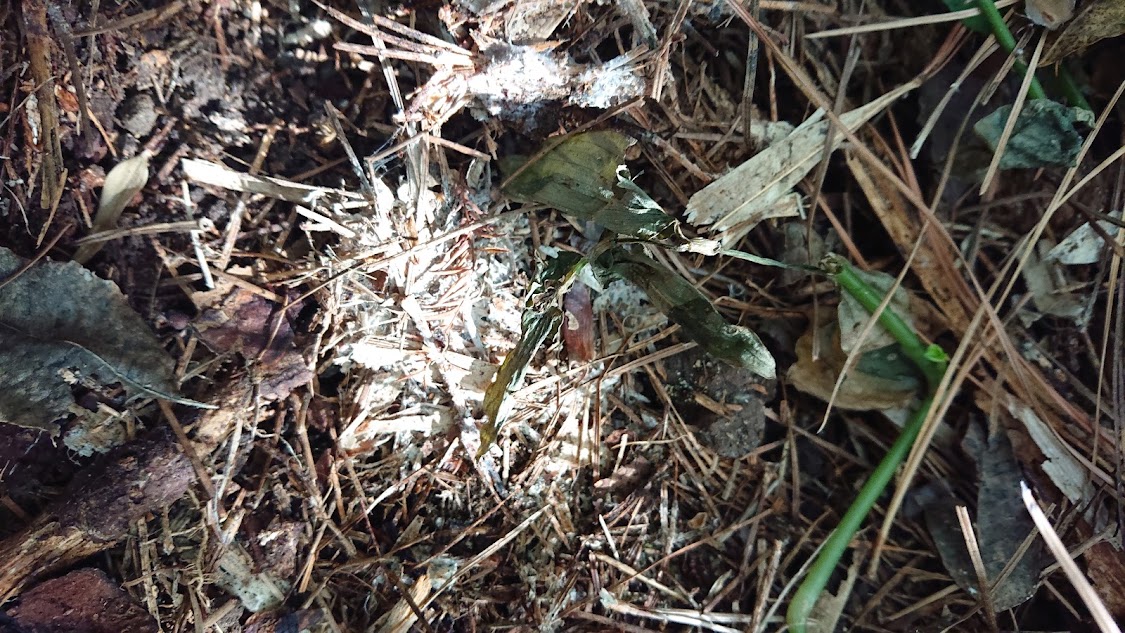
Easy Microbial Resources for City Balconies
In cities, finding native microbes is difficult, but there’s a simple solution: “Ehime AI,” a microbial culture developed in Ehime Prefecture. It can be made from kitchen ingredients like natto, yogurt, dry yeast, and sugar. Recipes are widely available online.
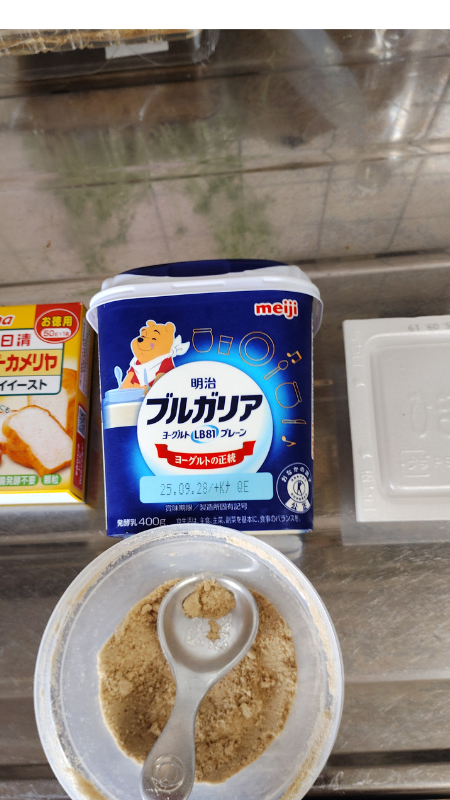
I plan to use diluted Ehime AI with liquid fertilizer every 10 days to strengthen Asarina, Cypress Vine, and especially Azumino rose seedlings.
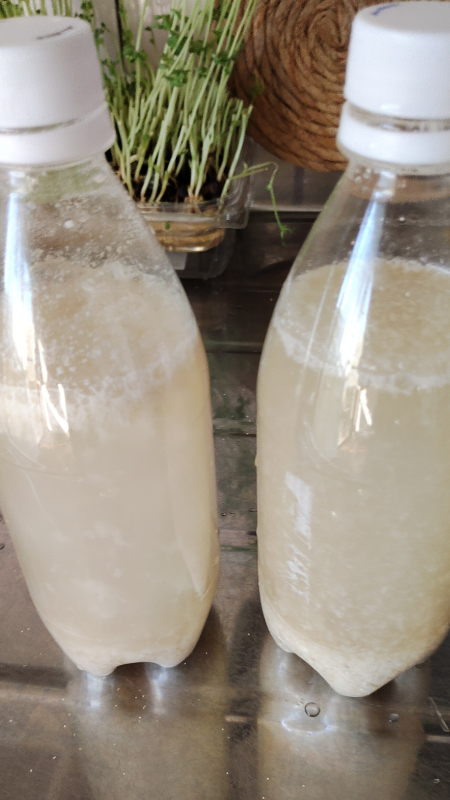
Other Great Plants for Flower Curtains
- Sweet Pea: Fragrant spring blossoms in a range of colors.
- Clematis: Many varieties, pairing beautifully with roses.
- Passionflower: Unique blooms with high ornamental value.
- Cardinal Climber: Similar to cypress vine, with dainty summer-to-fall flowers.
By combining these, you can keep your balcony in bloom across the seasons.
Conclusion: A Year-Round Flower Curtain on the Balcony
Even after summer’s goya and hechima fade, the balcony can remain lively. Asarina and Cypress Vine bring color through fall, while Azumino prepares for its spring debut. Add in sweet peas or clematis, and you can enjoy a balcony filled with flowers all year long.
Balcony gardening, despite limited space, offers the joy of seasonal change. Try creating your own “flower curtain” and let your balcony reflect the passing seasons.
I’ll also keep exploring microbial solutions to recycle balcony soil, reducing waste and keeping plants vigorous. Future updates will appear in my new blog category, “Jindaiji Gardening News”.
